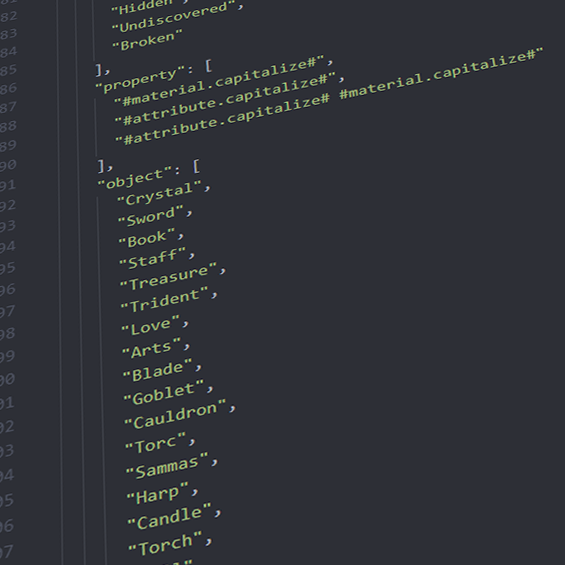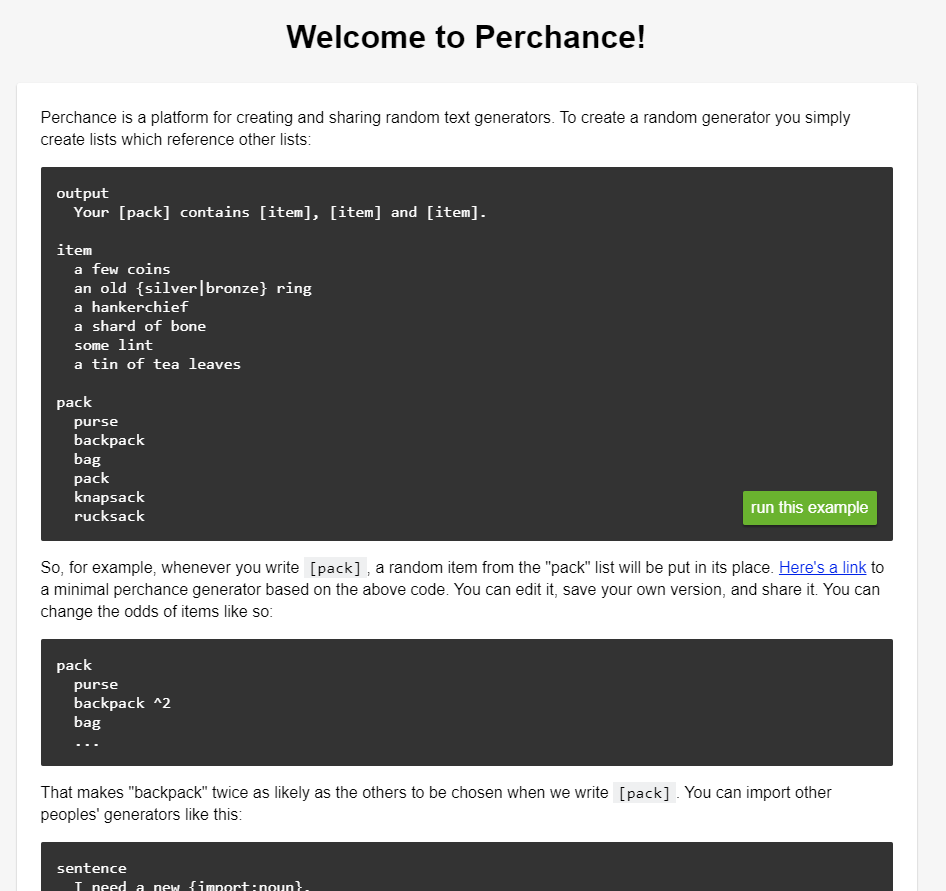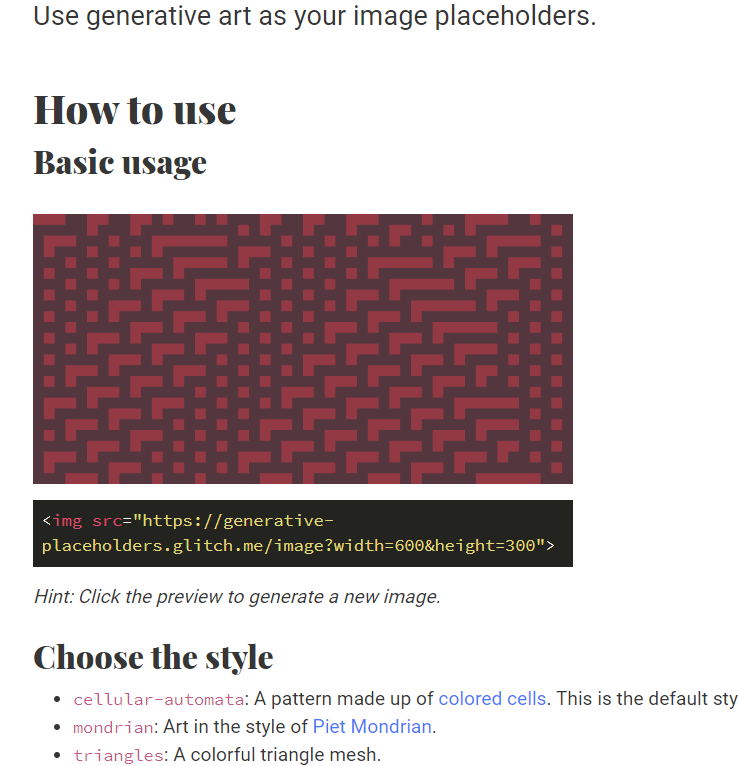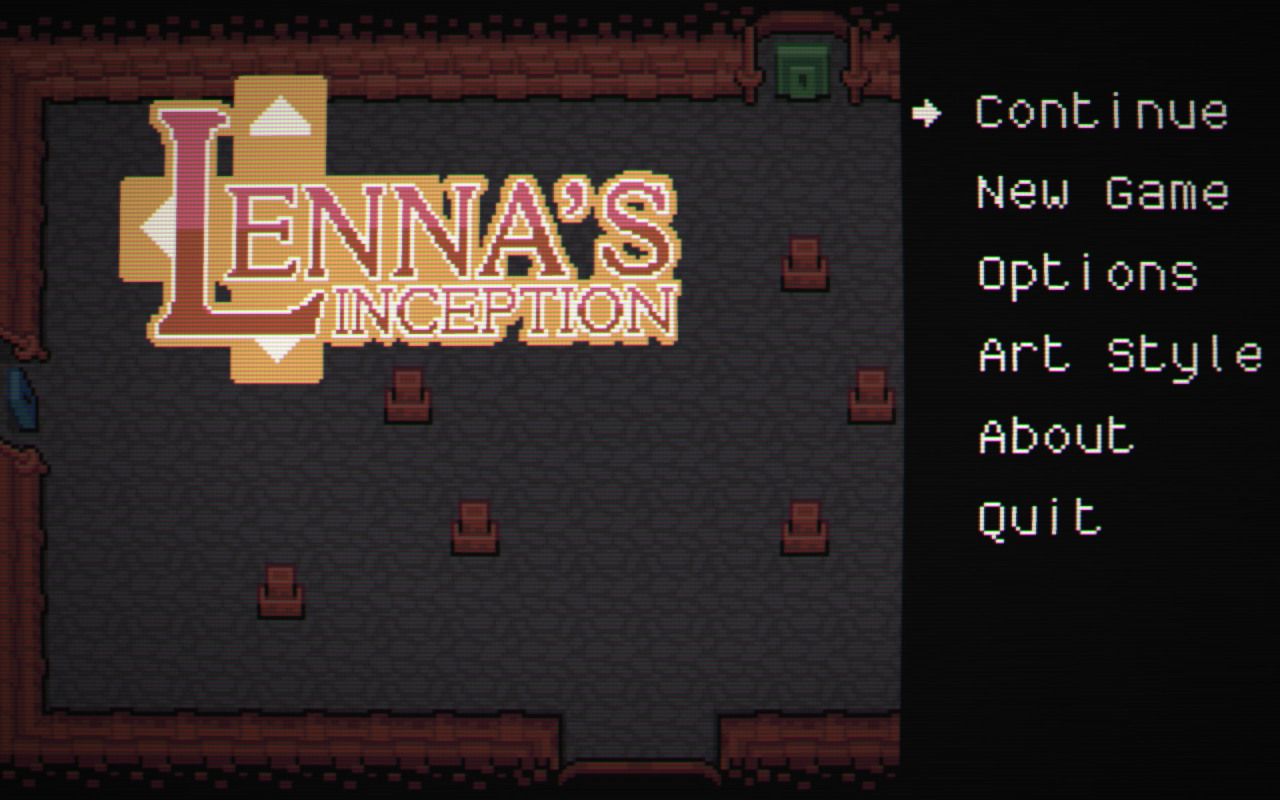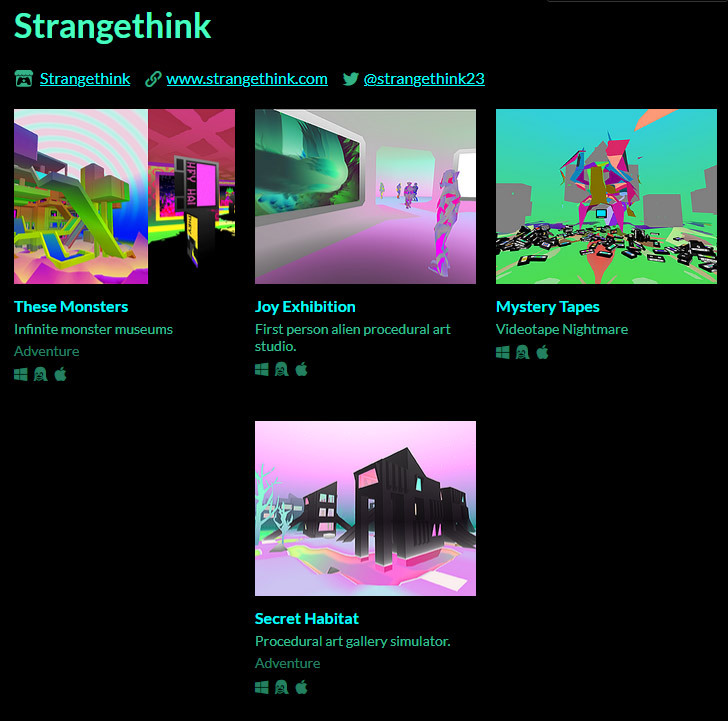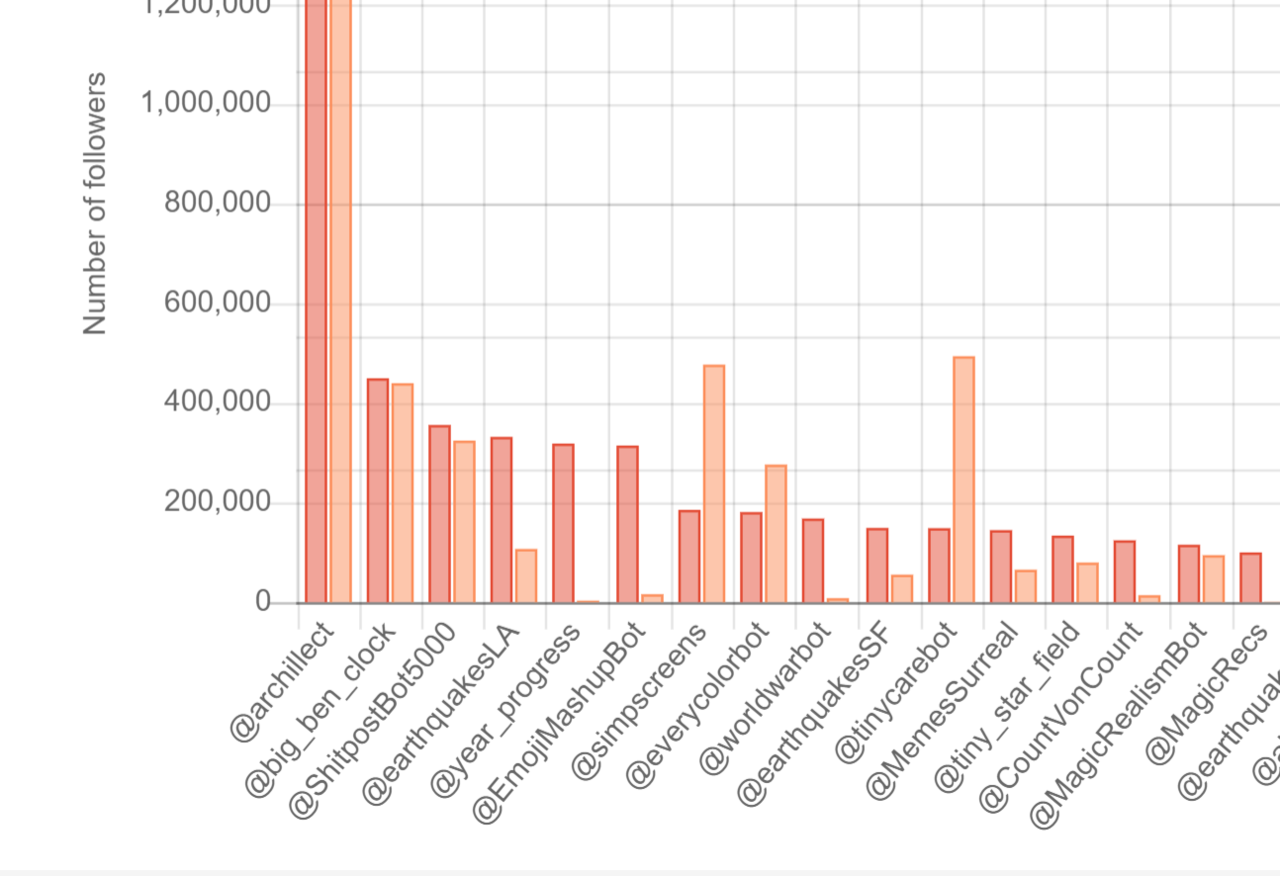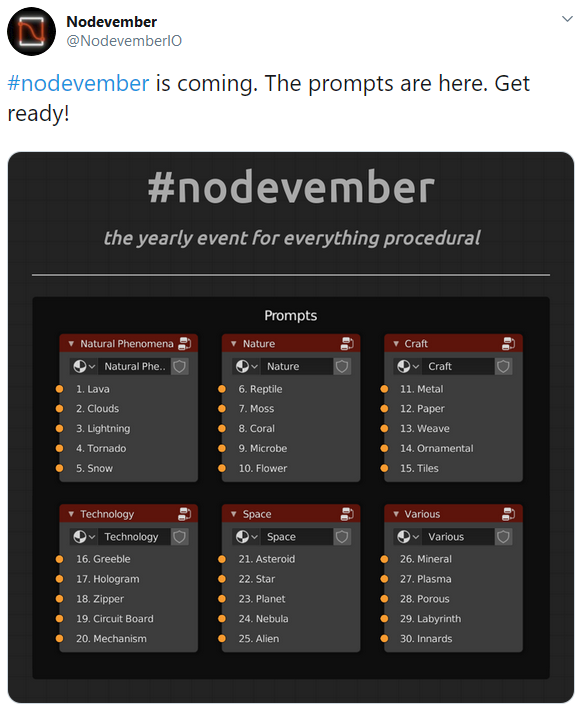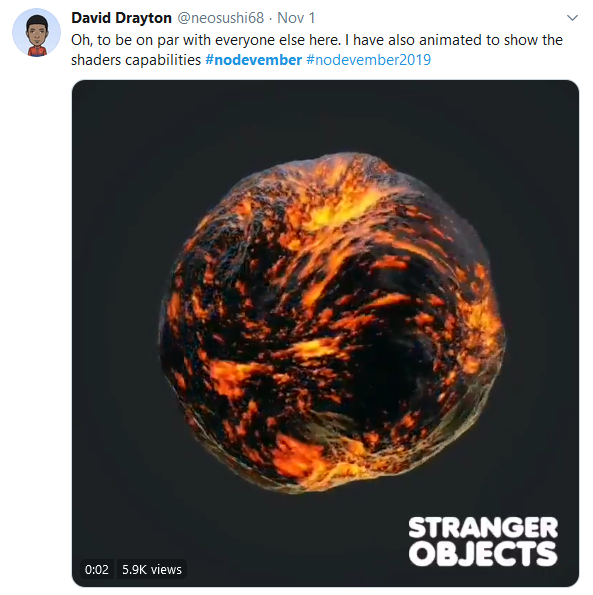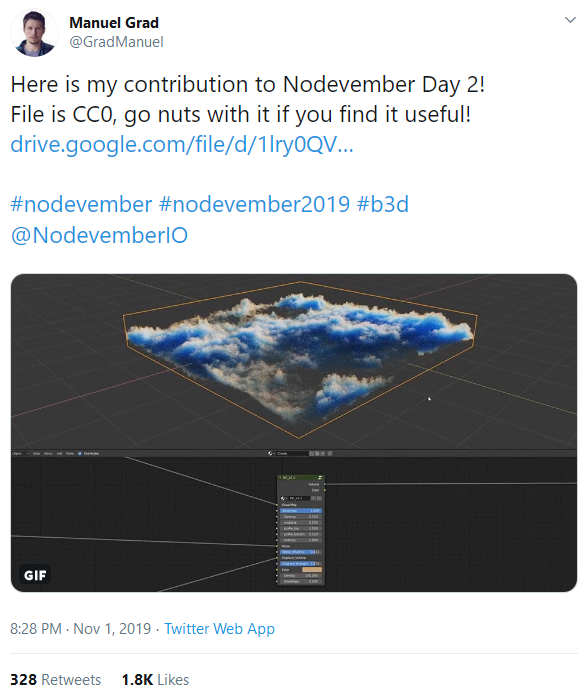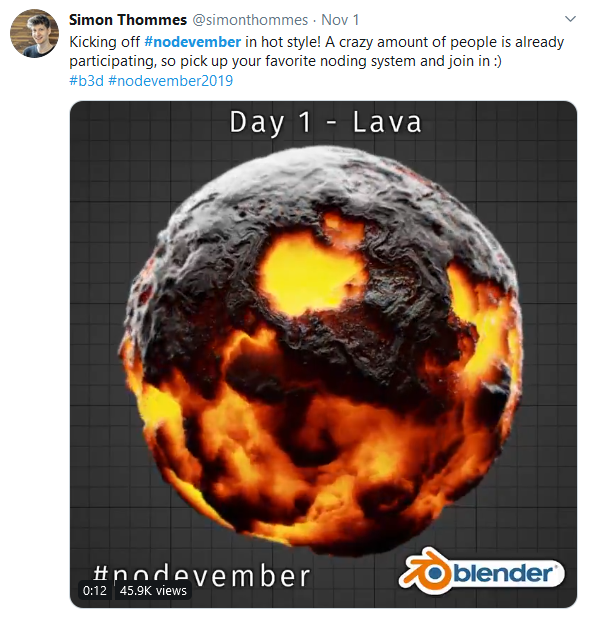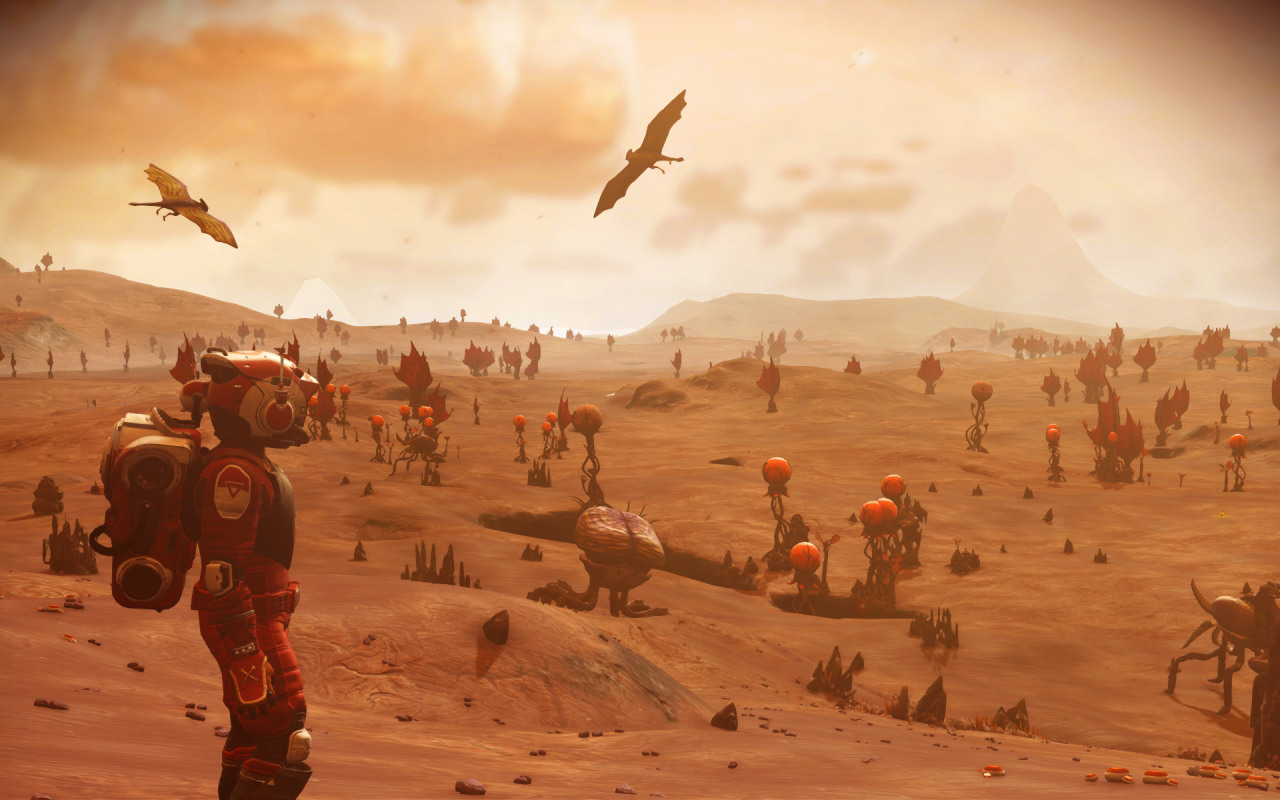
Alien Powers
Generativity always requires the ceding of control in order to receive, in exchange, the powers of an alien (or algorithmic) logic.
–Kate Compton, Causal Creators
One thing I’ve been putting a lot of thought into lately is why we use procedural generation for anything. I (obviously) think that it’s a good thing that we do, but I want to figure out the motivations for why that is.
It’s certainly not to save money or time, given that I’ve never seen evidence that it does much of either. One thing that it does do is enable us to do things that would be impossible without generativity. Elite generates galaxies because that’s the only way to do it at that vast, inhuman scale–we can quibble that not shipping the game on a million floppy disks saved the developers money, I suppose, but the real point is that it enabled them to touch the sublime of infinity.
Generativity, according to Kate Compton, is a tradeoff between absolute control and “the powers of an alien logic”. This is, I think, one reason why it has remained an enduring part of games in particular: being able to tap into this alien-ness as a creative partner means that we can make things that are impossible for humans to create otherwise.
They might be impossible because making something that large or complex is beyond practical human consideration, or because the machine’s alien perception can show us things that we would have been cognitively blind to. It’s precisely because the generator follows alien logic (even when carefully constructed by human logic) that it can create things that we humans would be unable to.
So one reason why we use generativity is precisely because it lets us harness this alien power.
One theme of my current research is to figure out better ways to communicate with the alien in the machine. It’s a bit like Arrival, only with more generative frogs.
